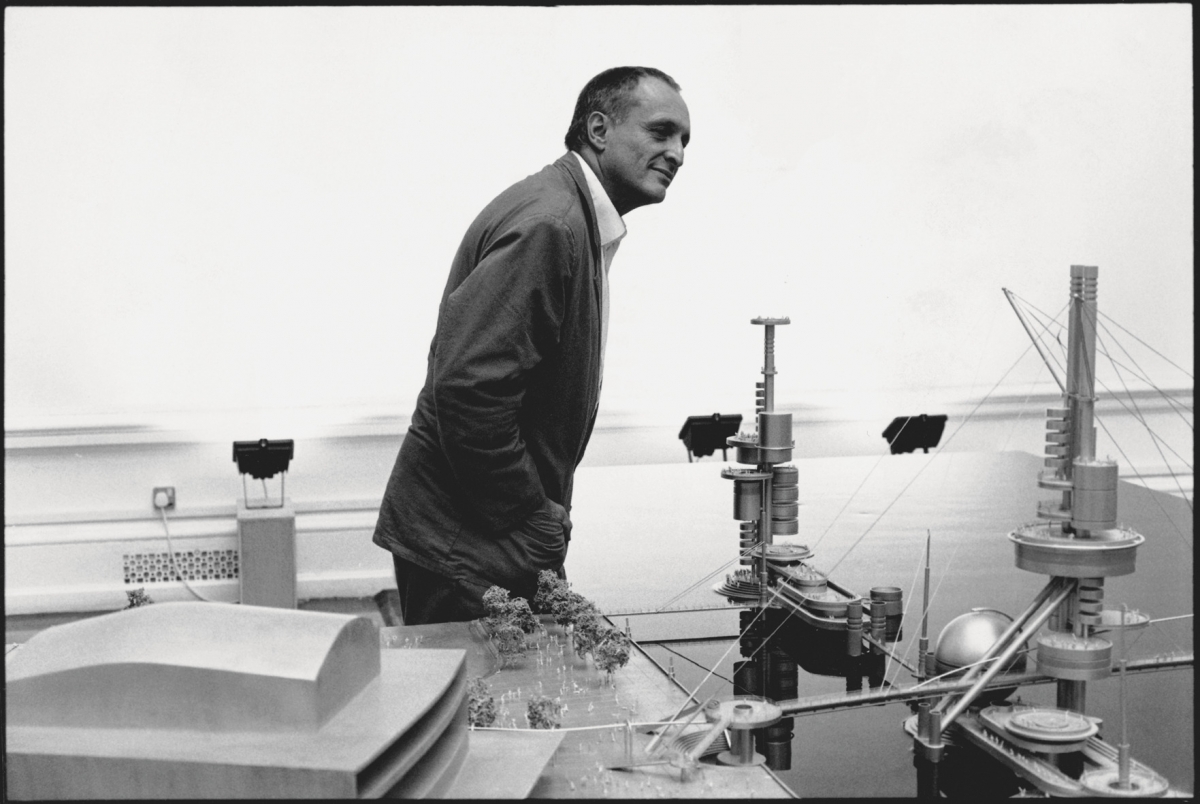On Dec. 18, Richard Rogers (1933 - 2021) passed away at the age of 88. According to his family, Rogers died at home in London and the cause was not disclosed.
Rogers has gone down in the history of architecture for demonstrating high-tech architecture that boldly exposes structures and building services. The project that lifted him to the stature of world-renowned architect was when he won the design competition for the Centre Pompidou in Paris, France. Centre Pompidou (1977), jointly designed with Renzo Piano, is a building with a steel framework, escalators, and services systems that are exposed to the outside. At the time, this design was unprecedented, sparking a lot of debate, but today it is regarded as one of Paris’s modern icons. Rogers was based in London, and so he left many legacies there. Of his projects, a representative one is Lloyd’s of London (1986), which exposes elevators, escalators, and drainpipes as they are, similar to Centre Pompidou. In South Korea, there is the Yeouido mixed-use complex Parc.1 (2021). This building emphasised red pillars and cranes, revealing its structural technology.
In 2007, when Rogers won the Pritzker Architecture Prize, the jury applauded not only the sustainability and energy efficiency of his architecture, but also its user-friendliness. In addition, he was also rewarded the Stirling Prize (2006, 2009), as well as the Golden Lion for Lifetime Achievement at the Venice Biennale of Architecture.
Meanwhile, Rogers Stirk Harbour + Partners (RSHP), co-founded by Rogers, released a statement of condolence on the company’s website. The co-founder Graham Stirk (senior design partner, RSHP) expressed his condolence, stating that ‘All of our journeys required a simple but decisive trigger, and Roger’s brilliance provided at important moments in the work at each time. I would like to express my heartfelt words of gratitude to you’. by Han Garam

Richard Rogers / Image courtesy of RSHP




